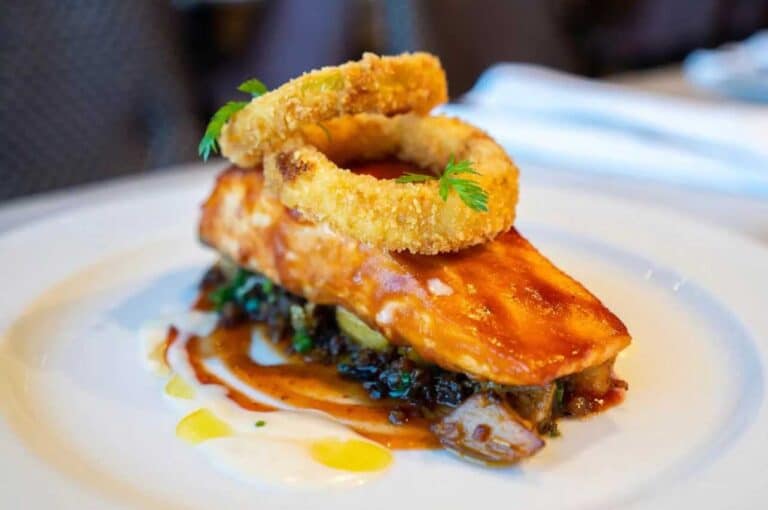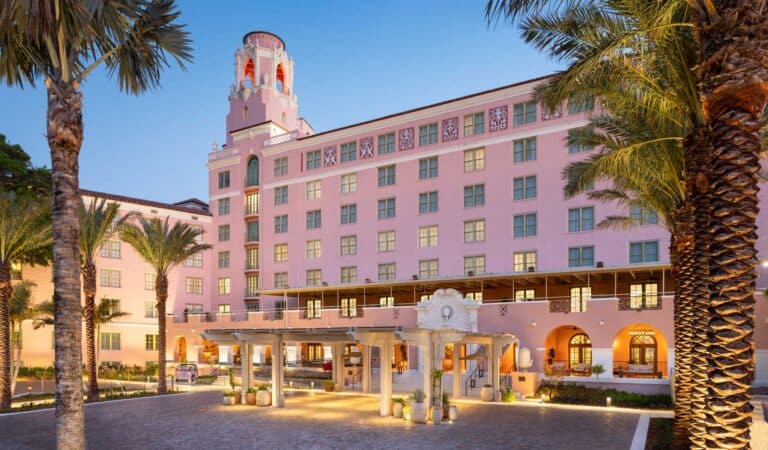Whether in Key West, Palm Beach or a small town in the middle of nowhere, Florida’s rich architectural history illustrates deep-rooted traditions bound by our climate and culture.
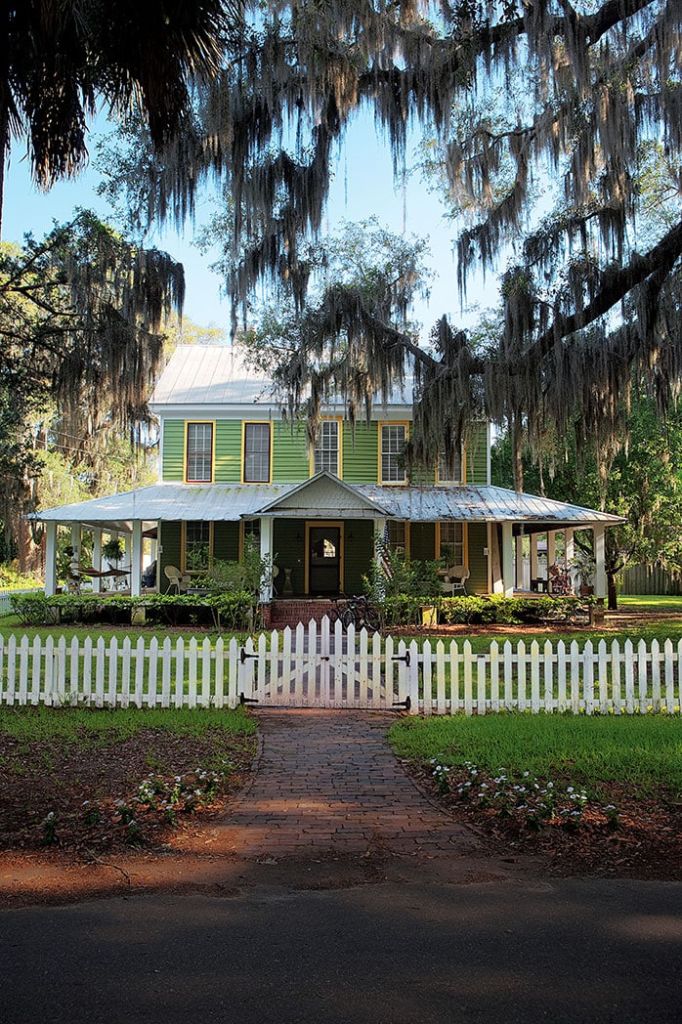
Classic Cracker
Magnolias and live oaks dot the landscape of small northern towns, but they also share another fixture: the classic Cracker house. Some are mere shacks with overgrown shrubbery; others have been renovated to restore their original footprint. Rural communities like these drew pioneers with little in their pockets around the turn of the 19th century. They discovered plenty of natural building materials, such as durable cedar, cypress and oyster shells, that aided in building simple Vernacular houses with wood frames and southern Georgia appeal. Architectural details include an elevated first floor (for keeping chickens), tin roofs, high ceilings, horizontal wood siding inside and out, and wraparound porches to provide shelter from the sun.
A wide-open veranda and shady porch are traditional elements of this classic Cracker farmhouse redo in historic Micanopy.
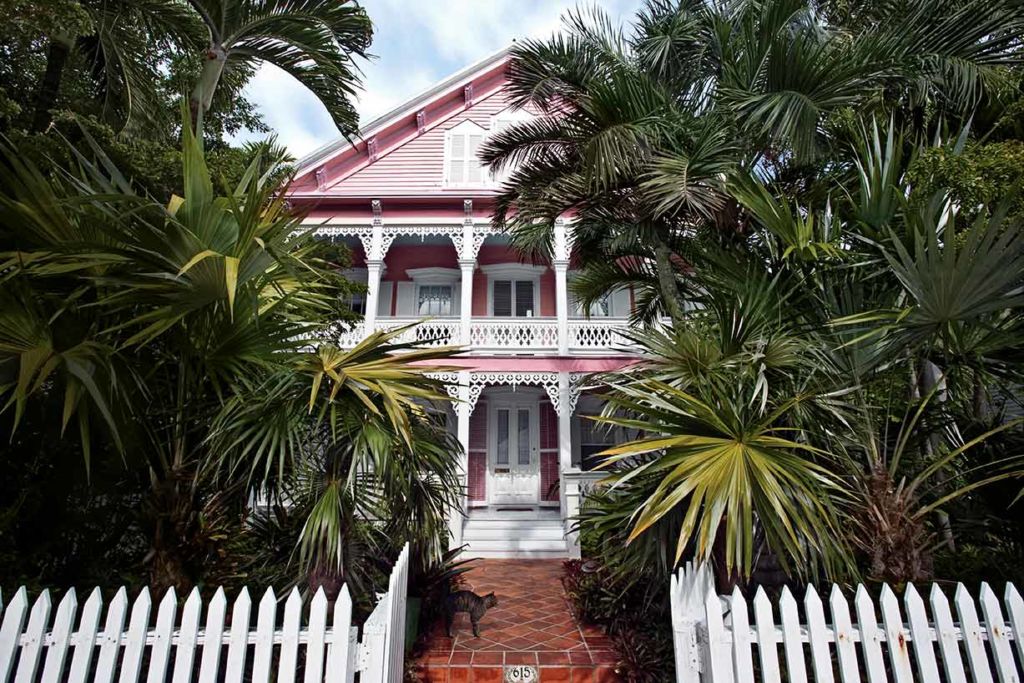
Conch Charm
Conch, the delicious mollusk, sure came in handy when early settlers were in need of building materials. Conch shells were used in various mortar concoctions—hence the catchy name. Conch houses blend tropical, Bahamian and Victorian influences with energy-efficient, sloping metal roofs to deflect heat, wraparound porches to provide shade and wood shutters that allow breezes to flow. In lieu of nails, shipbuilders and carpenters opted for tongue-and-groove construction, using salvaged materials from shipwrecks and local pine to build the period homes. Vigilant city-preservation ordinances maintain 3,000 wooden structures, among them cottage enclaves built for cigar-baron families.
This emblematic two-story with a banister porch epitomizes classic Key West Conch gingerbread woodwork.
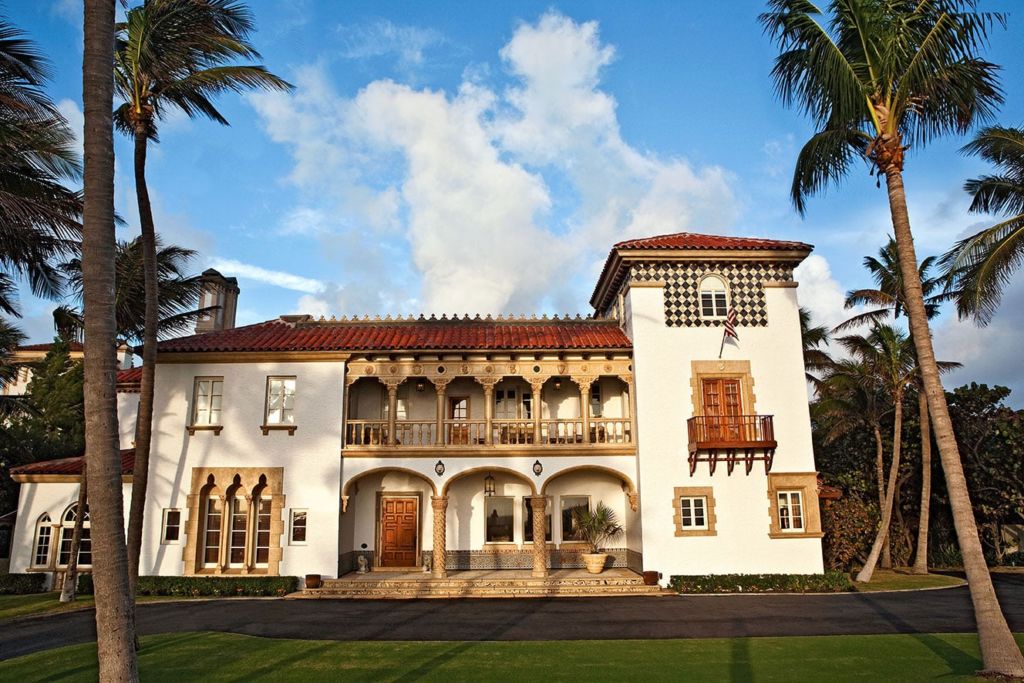
Mediterranean Revival
Designed with twisted stone columns, textured stucco, arched doorways, barrel-tile roofs, courtyards and loggias, much of the architecture of the 1920s and ’30s hails from a Mediterranean aesthetic. The period reflects designs redolent of Italian and Spanish villas, with graceful masonry and Gothic-influenced moldings for cornice towers. The style is credited to famed architect Addison Mizner, known for pioneering rectangular multistory facades showcasing Mediterranean Revival architecture—an eclectic turn in the style that reawakened the spirit of Renaissance palaces. For Mizner, this was totally apropos for an affluent coastal resort town.
Julius Jacobs, one of Addison Mizner’s principals, designed this landmark 1920s Palm Beach estate.
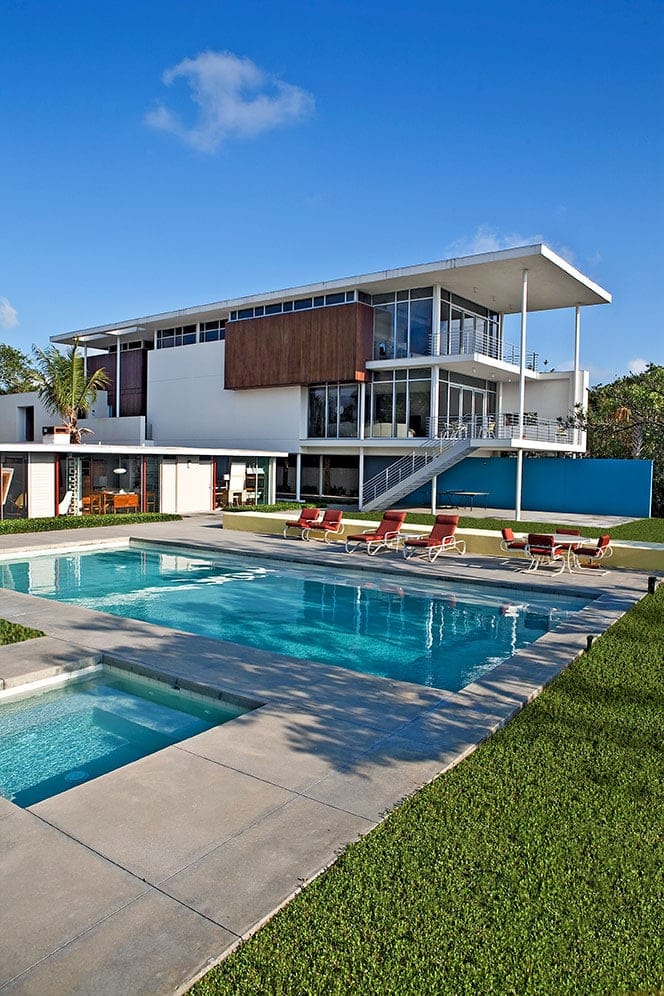
Modern Marvel
“Lore has it,” says Sarasota architect Guy Peterson, “that 16,000 people came to see the Revere Quality House after it was built in 1949.” Right in the middle of prime Siesta Key waterfront, across a short bridge from Sarasota, stands this midcentury marvel named for pots-and-pans giant Revere Copper. It was considered a pivotal prelude to the Sarasota School of Architecture (1941 to 1966), a central-west-coast movement involving architects like Paul Rudolph and Ralph Twitchell with a forte for modular construction and innovations in cross-ventilation. Spaces were harmonious with the environment; pre-air-conditioning times called for low-pitched or flat roofs, large overhangs for shade, oversize sliding-glass doors and walls of glass jalousie windows. (By contrast, Miami Modern was all about circular cutouts and curved surfaces.)
This compound, with its new modern residence and restored Revere Quality House, is on the market for $2.95 million.

